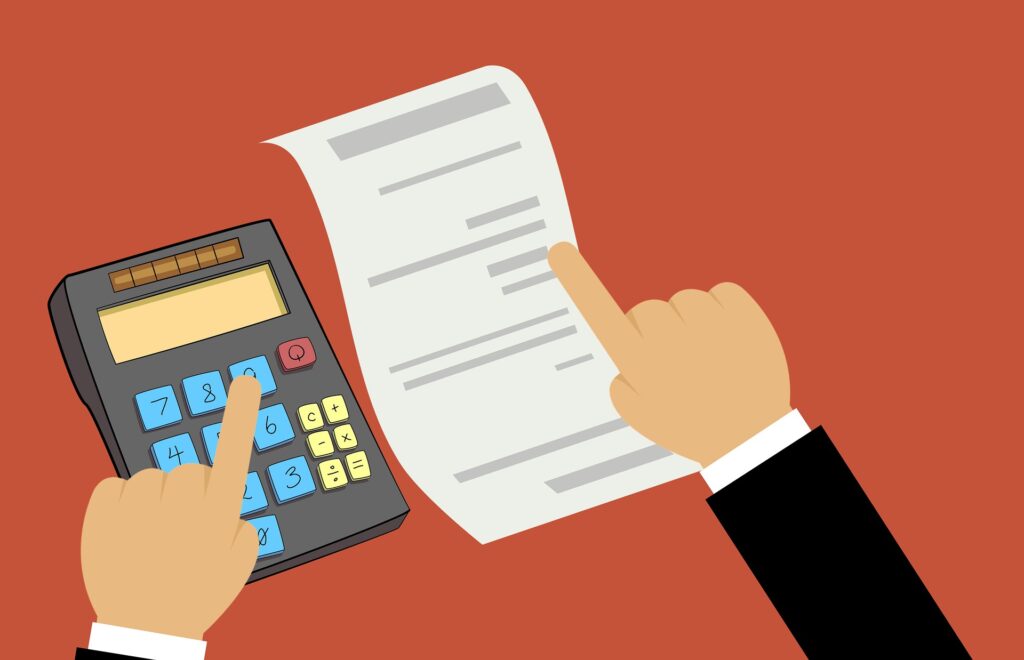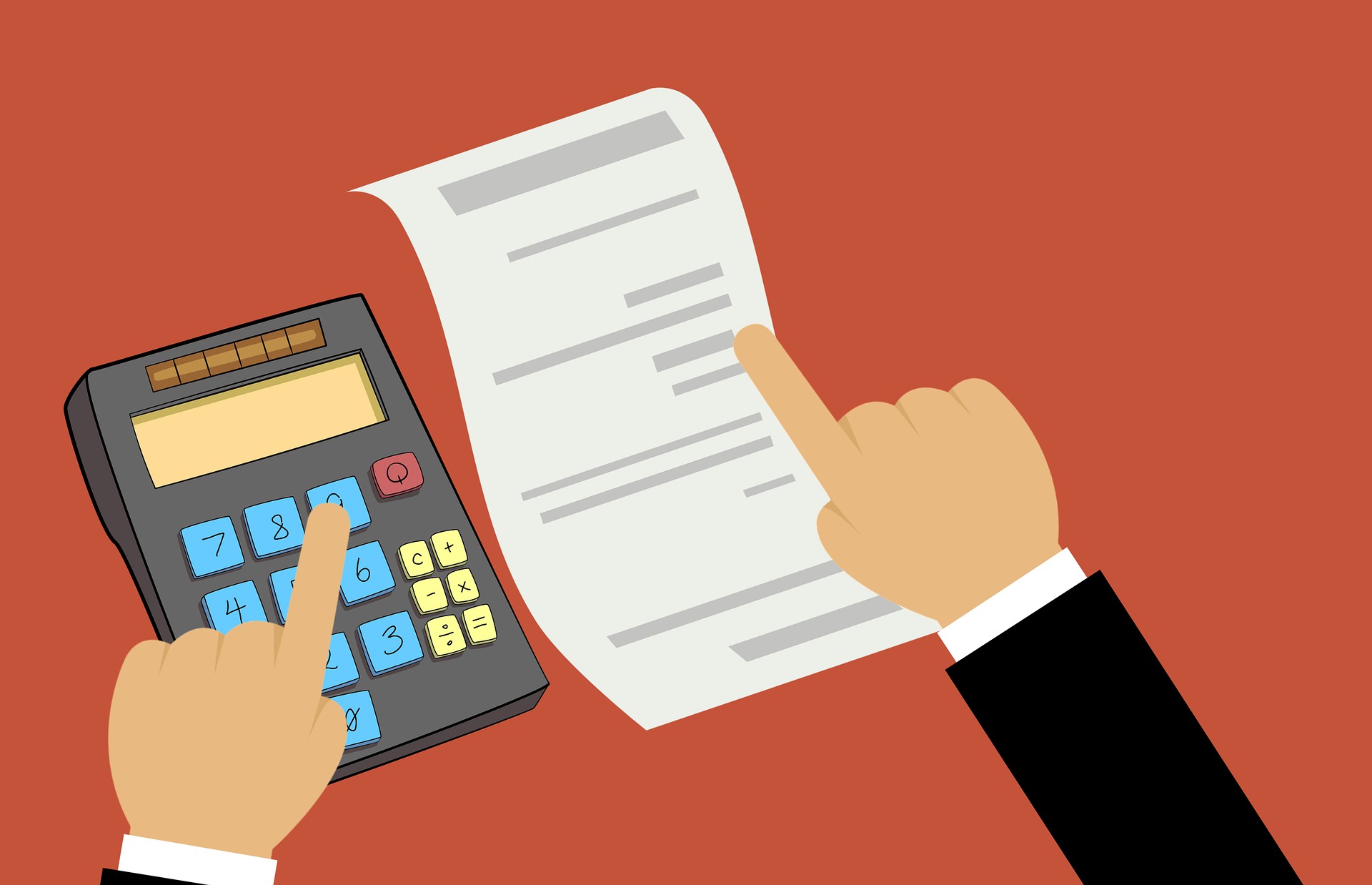The phrase ‘Bill Shock’ was first coined in 2010 and described the reaction a person got when they received a mobile phone bill, much higher than they were expecting. In recent years with the increase of subscription and consumption based pricing, the phrase has migrated over to SaaS. But you can avoid bill shock with customer success.
Why does bill shock occur?
Bill shock occur’s when a client receives an invoice much higher than they were expecting. This typically occurs, due to a surge in usage for consumption based price models, exasperated when the client is unfamiliar with their pricing plan or unaware of the surge in usage. It can also occur with other subscription pricing models where the use of a new service or feature increases their price, or an annual increase in monthly payments that the client is unaware of.

How can Bill Shock be avoided?
Although you could argue that it is down to the sales and marketing teams to ensure customers are aware of pricing when they signup. It is likely that even if this has been done really well, the client is likely to forget, as well as the pricing plan they are on could potentially evolve over time, especially if you are a new start-up.
The best way to avoid Bill Shock is to ensure that your clients are aware of their pricing plan, what’s included and if they go outside of their plan, they know what the cost is and when it will be applied to their invoice.
There are only really two ways to effectively do this. The first is in the product. If the client is close to approaching an additional charge, such as nearing their consumption limit, the product should be designed to notify the account holder. I would suggest that if they have consumed 75% or their allowance, that they get notified. Then again at 90%, 95%, 100%, and then at 105%.
Likewise, should your product have additional in-product features that trigger additional costs, the product should notify the user prior to them triggering this charge.
Now having a product sophisticated enough to do this is sometimes a nice to have, but not might realistic anytime soon for your product. It might be that this is something you plan to do, but other priorities mean this might be sometime off. In that case, the other way to do this, is through your Customer Success team.
How to avoid bill shock with Customer Success?
In an ideal world your product should notify users about their current usage, as well the Customer Success team ensuring their clients are kept informed of significant pricing changes. However, if your product/service does not do this, it’s even more important that your Customer Success team know how to avoid Bill Shock.
Customer Success Managers should have a good understanding of all pricing packages available, and what restrictions on switching pricing packages are detailed within the client contracts. After all, up-sell is something most CSM’s have on their radar. If a client is close to their package limits, it makes sense to approach them and explain what the charges are if they go over, and what the alternative options are. Changing their price plan might come with a contract extension for example for the business and a lower cost than paying the additional charges on the lower package. Both your business and customer then benefit, while avoiding Bill Shock.
If you have a product or service where using additional in-product features automatically triggers an additional internal, then you should make clients aware of this and remind them during their Quarterly Reviews.
Dashboard’s to monitor your clients usage
Ideally, even if you have a great set of CSM’s you want to push your development team for in product notifications to make clients aware of these changes to their account. If however your development team are unable to commit to this anytime soon, ask for a quick fix to help.
I would recommend asking them to create a simple CSM dashboard that gives you a snapshot of your clients usage at anytime. This means you can quickly glance at the dashboard daily or weekly to check for any usage changes and reach out to the client to make them aware of any impact on their bill.
I hope you enjoyed this post. If you have any thoughts or suggestions, please feel free to get in touch or comment below.
